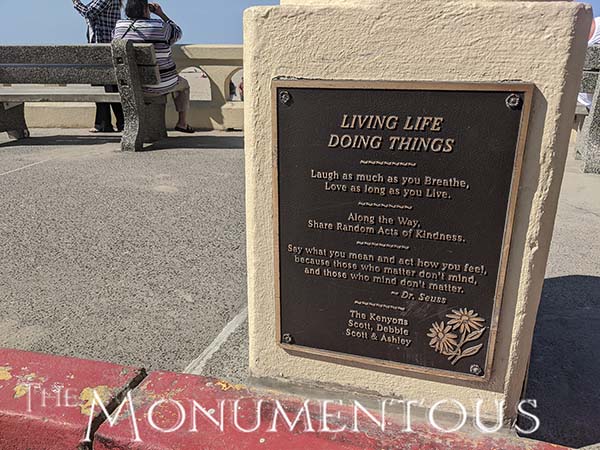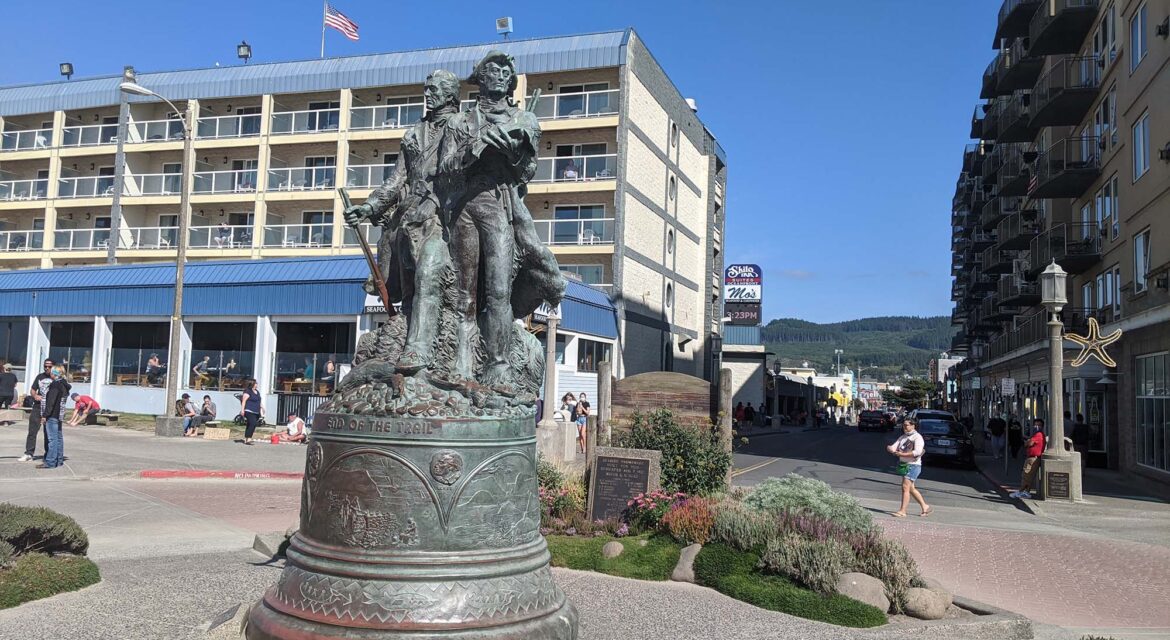 The Lewis and Clark Expedition was a seminal monument in American history, providing incredible information about the newly acquired western portion of the country. This significance is celebrated in multiple ways across northwest Oregon, highlighting what it can mean for history to enable a powerful identity for an entire region.
The Lewis and Clark Expedition was a seminal monument in American history, providing incredible information about the newly acquired western portion of the country. This significance is celebrated in multiple ways across northwest Oregon, highlighting what it can mean for history to enable a powerful identity for an entire region.

The End of the Trail
The Lewis and Clark Expedition saw a group led by Meriwether Lewis and William Clark explore a portion of the land that was recently purchased by the United States from 1803-1806. When Lewis and Clark reached the Pacific Ocean in 1805 they established their fort base camp about 15 miles north of what is now Seaside, Oregon. The information they gathered during their 18-month trek proved to be invaluable in countless ways for the young nation.
 The journey was celebrated in Seaside in 1940 with the creation of the “End of the Trail” sign. Built at the turnaround and within view of the Pacific Ocean, the original sign was a depiction of the expedition’s crowning achievement and a monument to the historical significance of the North Oregon Coast.
The journey was celebrated in Seaside in 1940 with the creation of the “End of the Trail” sign. Built at the turnaround and within view of the Pacific Ocean, the original sign was a depiction of the expedition’s crowning achievement and a monument to the historical significance of the North Oregon Coast.
This marker is just one example of the many landmarks and moments associated with the Lewis and Clark legacy can be experienced all across the region. Their existence highlights the incredible sense of identity that has been cultivated on account of this history.

Connecting the Community
Lewis and Clark National Historical Park allows visitors to follow in the footsteps of the explorers and have their own adventures that can be tied back to this history. It contains Fort Clatsop, which they built in 1805 when they arrived in the area and stayed in it through the winter. Today, Fort Clatsop includes a replica of the original fort, an interpretive center offering an exhibit hall, a theater and ranger-led historical programs.
 Organizations like the Seaside Historical Society Museum hold events like Lewis and Clark Salt Makers, which is a free interactive learning opportunity for people of all ages. Visitors experience the process of making salt, just as the men of the Lewis and Clark expedition did in 1806.
Organizations like the Seaside Historical Society Museum hold events like Lewis and Clark Salt Makers, which is a free interactive learning opportunity for people of all ages. Visitors experience the process of making salt, just as the men of the Lewis and Clark expedition did in 1806.
In 1990, a bronze statue of Meriwether Lewis, William Clark and Lewis’ dog Seaman, was installed at the turnaround in Seaside to replace the sign that had marked the end of the trail. The statue faces the ocean and celebrates the history and significance of the Lewis and Clark Expedition in multiple ways.
These monuments, markers and events showcased how Lewis and Clark have come to define the region, with various other icons and pieces of history called out across Seaside and beyond. Doing so highlights when it can mean to cultivate opportunities related to the people and history of an area.

A Legacy for the Past and Future of Northwest Oregon
 Real people have become icons for areas and cites, highlighting what it can look like for such figures to define an identity. The statues, monuments, trails and parks that have been dedicated to Lewis and Clark further highlight how this kind of identity can be commemorated and honored in so many distinct ways without being focused on a single area or monument. In doing so, the Lewis and Clark Expedition has been able to cultivate a legacy that is about the past as much as it is the future of the whole region.
Real people have become icons for areas and cites, highlighting what it can look like for such figures to define an identity. The statues, monuments, trails and parks that have been dedicated to Lewis and Clark further highlight how this kind of identity can be commemorated and honored in so many distinct ways without being focused on a single area or monument. In doing so, the Lewis and Clark Expedition has been able to cultivate a legacy that is about the past as much as it is the future of the whole region.

